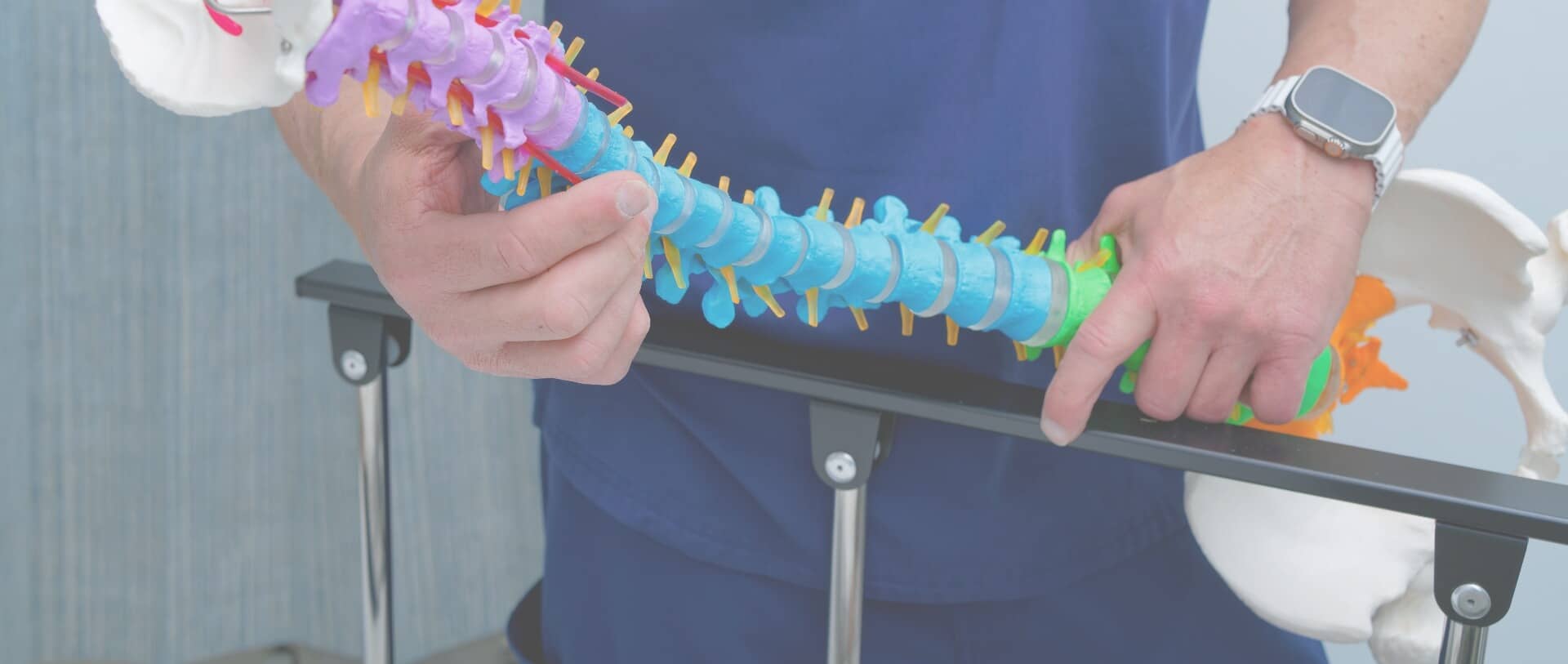
CONDITIONS
Sciatic Nerve Pain
Dealing with sciatic nerve pain can be a real pain in the, well, you know. But you don’t have to suffer in silence. There are a variety of sciatica treatments out there, ranging from at-home remedies to surgical interventions. One of the most important things to remember is that sciatic nerve pain relief is possible, and it starts with understanding what’s causing your pain. Whether it’s a herniated disc, spinal stenosis, or something else, Gottlieb Spine can work with you to create a plan for tackling your sciatic nerve pain. So why suffer any longer? Take the first step towards relief and explore your options for sciatica treatment today.
Where is the Sciatic Nerve?
The sciatic nerve is the largest and longest nerve in the human body, running from the lower back down through the buttocks and down the leg. It is responsible for providing sensory and motor functions to the legs and feet. When this nerve is compressed or irritated, it can cause sciatic nerve pain, also known as sciatica. Because of its size and importance, any issues with the sciatic nerve can be incredibly painful, and can even lead to mobility problems.
What are the Symptoms of Sciatic Nerve Pain?
Sciatica nerve pain is caused by irritation of nerves in the lumbar spine, resulting in sharp pain. In most cases, symptoms of sciatica appear only on one side of the body. Other symptoms of sciatica include:
- Sharp pain radiating from the lower back to the buttocks and down the leg
- Tingling sensation in the legs, toes, or feet
- Numbness or weakness in the lower back, buttocks, leg, or feet
- Increased pain with activity or prolonged sitting
- In severe cases of nerve damage, loss of bowel or bladder control, as well as a loss of sensation in the affected leg
What Causes Sciatic Nerve Pain?
Sciatic nerve pain typically arises when the nerve becomes compressed or pinched along its path, often in the lower back. This compression creates pressure within the nerve, leading to discomfort. Various conditions can lead to this compression, including:
- Herniated disc: When a disc ruptures, the soft inner core leaks out of the outer casing, putting pressure on the sciatic nerve.
- Stenosis: This condition causes narrowing of the spinal canal, compressing the sciatic nerve
- Spondylolisthesis: This occurs when a vertebra slips out of place and puts pressure on the surrounding nerves. As this pressure builds, it can irritate or compress the sciatic nerve.
- Arthritis: When arthritis affects the joints in the lower back, where the sciatic nerve is located, it can put pressure on the nerve and lead to pain, numbness, and tingling sensations
- Scoliosis: Conditions that affect the structure of the spine, like scoliosis, can lead to sciatic nerve compression.
How is Sciatic Nerve Pain Diagnosed?
It’s essential to obtain an accurate diagnosis as to the cause of nerve compression to initiate appropriate sciatica treatments. Dr. Gottlieb will likely start with a thorough review of your medical history and current symptoms. He will perform a physical exam to evaluate nerve function and muscle strength and may order imaging tests like an X-ray or MRI.
How is Sciatic Nerve Pain Treated?
Many cases of sciatica can be treated non-surgically. Dr. Gottlieb may recommend starting sciatica treatment with over-the-counter medications such as ibuprofen or aspirin, or muscle relaxants. Applying a hot or cold compress to the affected area may also provide sciatic nerve pain relief. Additional conservative sciatica treatments may include:
- Physical therapy
- Chiropractic care
- Corticosteroid injections
- Lifestyle changes
Will I Need Sciatic Nerve Surgery?
While surgery for sciatic nerve pain is an option in some cases, it’s important to note that it isn’t always necessary. The decision to undergo sciatica surgery is typically based on factors such as the severity and duration of symptoms, the presence of neurological deficits, and the response to non-surgical treatment options. Our expert spine specialists at Gottlieb Spine will work with you to find the best course of action for your individual needs.
What Does a Spine Surgeon Do For Sciatic Nerve Pain?
Sciatica surgery can be a powerful tool in treating the underlying causes of sciatica by relieving pressure on the affected nerve. At the same time, it can provide you with the long-term sciatica pain relief you need to get back to an optimal level of health. Surgery for sciatica nerve focuses on decompressing the sciatic nerve or removing any structures that may be pressing on the nerve, such as a herniated disc or bone spur. The most effective procedures in relieving sciatica pain include:
- Disc replacement
to replace the injured disc that is affecting the sciatic nerve - Decompression surgery to take the pressure off the sciatic nerve
- Laminectomy, which involves removing part or all of the lamina to provide more room for the spinal nerves
- Discectomy or microdiscectomy to remove the herniated disc or a portion of the herniated disc that is compressing the sciatic nerve

Top Quality Care at Gottlieb Spine
Scheduling an appointment at Gottlieb Spine is the first step towards sciatica nerve pain relief. Dr. Gottlieb and his team are here to help you find the right sciatic nerve treatment for your unique needs. With our help, you can finally experience the freedom of a pain-free life and the feeling of optimal health. Contact us today.
SCHEDULE A CONSULTATION